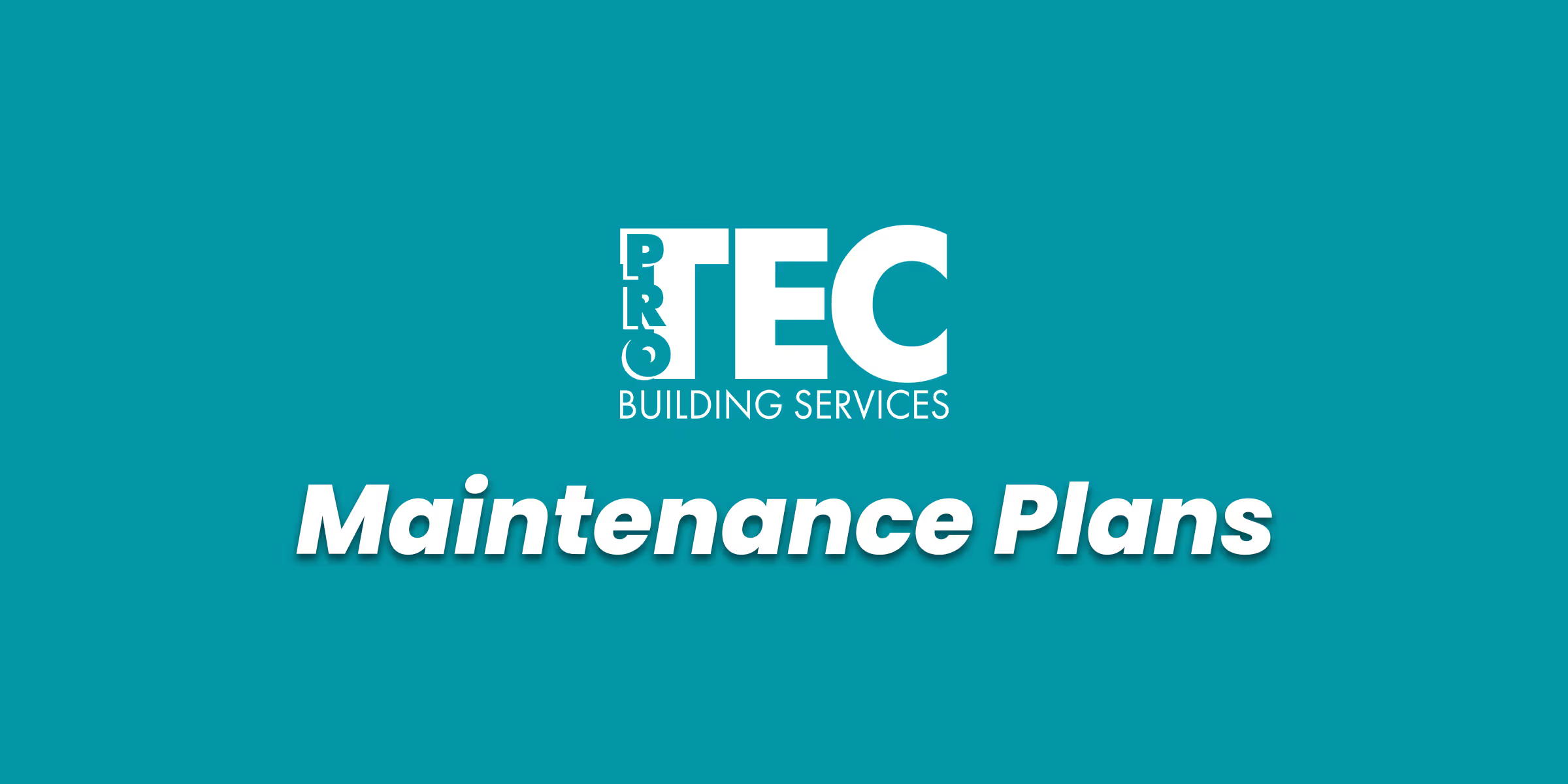


What is a Maintenance Plan?
A community maintenance plan outlines all common area components which the association has the responsibility for maintaining. It extends beyond the major components mentioned in the community's reserve study and ensures regular inspections of each component, at least once a year. These plans can range from a simple one-page spreadsheet-checklist to a comprehensive Preventive Maintenance Manual.
Essentially, a maintenance plan is a detailed schedule for conducting planned maintenance activities. It includes a series of inspections and preventive maintenance tasks designed to extend the useful life of each common area component. The maintenance plan for a community should include various components such as:
Roofing: Regularly inspecting and maintaining the roof, including checking for leaks, missing or damaged shingles and ensuring proper drainage.
Building exterior: Regularly inspecting and maintaining the building's exterior, including windows, doors, and siding, to ensure they are weathertight and in good condition.
Fascia: These are the boards that cover the rafters and eaves of a roof, and they need to be inspected regularly for signs of rot, decay, or damage. Any necessary repairs or replacements should be done as soon as possible to prevent water infiltration.
Metal fences: Metal fences need to be inspected for rust, corrosion, or damage. Any loose or missing parts should be repaired or replaced. The fences should also be painted or coated to protect them from UV radiation and water.
Sidewalks: Sidewalks need to be inspected for cracks, uneven surfaces, or other hazards. Any necessary repairs should be done as soon as possible to ensure they are safe for pedestrians.
Electrical systems: Regularly inspecting and maintaining electrical panels, wiring, and outlets to ensure safety and proper function.
Lighting: The lighting system should be inspected for burned out bulbs, frayed wires, or other problems. Any necessary repairs or replacements should be done as soon as possible to ensure that the property is well lit at night.
Plumbing systems: Regularly inspecting and maintaining pipes, valves, and fixtures to ensure they are functioning properly and identifying potential issues before they become major problems.
HVAC (heating, ventilation, and air conditioning) systems: Regularly inspecting and maintaining the equipment, including filters, coils, and ducts, to ensure optimal performance and energy efficiency.
Pool equipment: Regularly inspecting and maintaining the pool's pump, filter, heater, and chemical feeder to ensure proper water circulation and chemistry, and that the pool is safe and clean to swim.
Furniture: Outdoor furniture such as chairs, tables, and benches should be inspected for signs of wear and tear. Any necessary repairs or replacements should be done as soon as possible to ensure they are safe and comfortable for use.
Landscaping: Regular maintenance of the lawn and garden is important for the appearance and safety of the property. This includes mowing, watering, weeding, and pruning.
These are just a few examples of the types of components that must be included in a maintenance plan. Maintenance plans can vary based on the complexity, size, and components of the common areas within a community. For instance, in a Planned Unit Development (PUD), the maintenance plan can be as straightforward as a one-page Excel spreadsheet. This spreadsheet would list all the common area components, specify inspection schedules, outline preventive maintenance tasks, and designate the responsible party for each task. This simplified plan ensures that maintenance activities are carried out promptly and efficiently.
On the other hand, in condominiums and mid-rise and high-rise towers, the list of common area components expands significantly to include mechanical equipment, fire suppression equipment, elevators, pumps and much more. Each piece of equipment typically requires its own maintenance schedule. In these complex communities, it is advisable to utilize an HOA Maintenance Manual. This comprehensive manual outlines the maintenance procedures for all common area components, including all of the mechanical and other equipment.
Board members often mistake a reserve study for a maintenance plan or program. A reserve study serves as a savings account to fund the future replacement of major common area components. However, by conducting proper inspections and maintenance on the community's common area components, their useful lives can be extended. This delay in the need for reserve expenditures ultimately saves the community valuable funds.
For more information on maintenance plans, maintenance programs, and their interaction with the reserve study you can read CAI’s Best Practices: Community Association Maintenance; it has samples of different types of maintenance plans in it’s appendix.
J. David Rauch is the president and CEO of ProTec Building Services in San Diego. He was the committee chair that wrote Best Practices: Community Association Maintenance. www.ProTec.com












